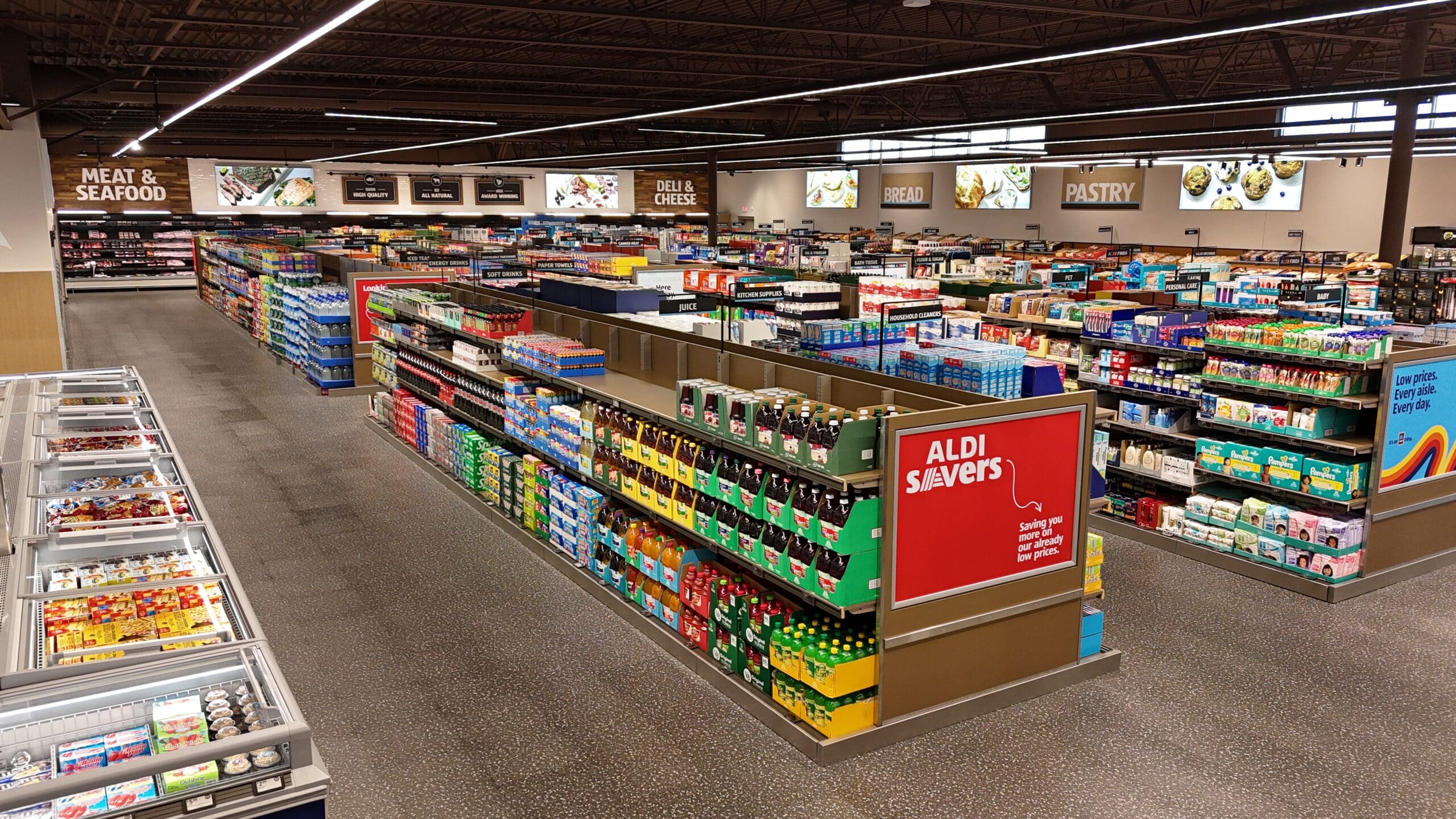The Denver Office of Climate Action, Sustainability and Resiliency has released the findings of its 2023 Office of Climate Action, Sustainability and Resiliency (CASR) annual report. While CASR’s annual reports typically look back at only one year of progress, this year the city decided to look back at its progress since CASR was established in 2020.
Denver is reducing pollution and helping communities thrive as the city’s climate gets hotter and drier. This work is made possible through the Climate Protection Fund. CASR allocates over half of the funding to communities that disproportionately feel the impacts of the climate crisis.
Key findings from the 2023 report include:
- From 2021 to 2023, Denver cut its yearly greenhouse gas emissions by an amount equivalent to taking nearly 80,000 gas-powered cars off the roads for a year.
- Denver is installing solar panels across the city, ensuring more people benefit from a clean and plentiful energy source. There are now 16 new solar arrays at recreation centers, schools, nonprofits, the airport, and The National Western Center.
- In 2022 and 2023 the Certifiably Green Denver Equity program gave funds to 78 minority- and women-owned small businesses. These businesses used the money for various sustainability upgrades that reduce energy, waste, and water use.
- In the last year, the city created over 400 green career pathways that are training the workforce that will support our sustainable future. They’re preparing for jobs as electricians and solar panel installers and will be building Denver’s clean energy economy locally.
- Promotoras Climácticas who serve as neighborhood navigators have connected with more than 100,000 Denverites, engaging them in climate actions like composting education and energy efficiency upgrades.
- Denver was ranked #2 nationally for city climate policies thanks to its efforts to make buildings healthier and more efficient.
- One of five buildings already meet the city’s 2030 Energize Denver goals.
- Early results have shown that Denver’s large buildings are using less energy per square foot since 2021, adding value for Denver’s buildings while cutting the pollution equivalent of more than 58,000 cars on the road for a year.
- The city worked with neighborhood groups to plant over 1,000 trees over the last two years. This work expands its urban tree canopy across Denver neighborhoods with the lowest tree cover. These trees will create shade and reduce the heat island effect in Denver’s hottest neighborhoods. The program recently won a $5 million grant, which will triple the size of this effort.
Buildings and homes account for 64% of greenhouse gas emissions in Denver
CASR is focusing on designing and scaling policies, including Energize Denver, and partnering with Community Planning and Development (CPD) to advance the Denver Energy Code and the Green Buildings Ordinance. Alongside policy, CASR focuses on implementation by supporting building managers, architects, and construction firms with cost-effective ways to increase efficiency and lower emissions via programs like the Equity Priority Building Compliance Assistance Program, the Building Electrification Program, and the New Construction Electrification Pilots. We are leading the nation in bold, equitable building decarbonization policies and programs: Denver is ranked No.1 in the country for building policies according to the 2024 ACEEE City Clean Energy Scorecard.
At a large scale, investing in climate efforts makes Denver a more attractive place for new businesses. Research shows that investing in energy-efficient buildings can
recoup the initial investment and save money over the years. High-performance buildings add an average of $18.56 annual value per square foot, with benefits including utility and maintenance cost savings, higher employee productivity and retention, and improved employee health and wellness. These impacts are making Denver a destination for new companies, jobs, and residents while realizing savings for existing businesses.
To read more about the city’s climate action and sustainability efforts CLICK HERE.








